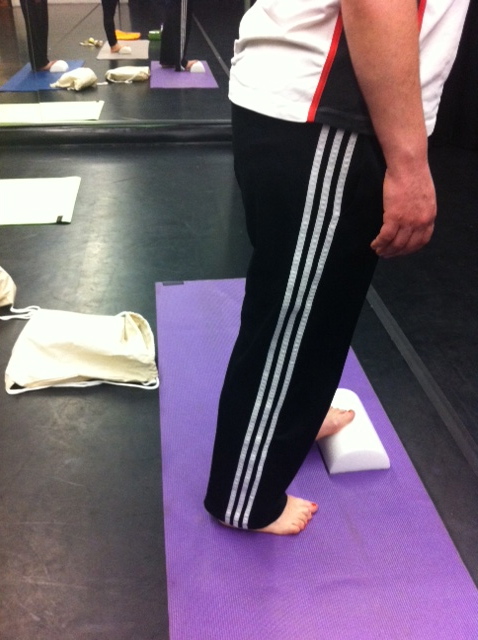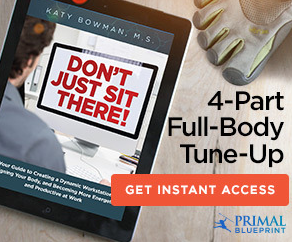As the cycle of pain continues past the normal tissue healing process, pathways to the brain can become affected, this is called central sensitization. A “wind up” of sorts occurs in the nervous system so that your threshold for pain actually lowers. What this means is that, what used to be a mild stimulus sensed in the body, is now more reactive and can set off a “flare”, i.e. a loud noise becomes louder, light becomes brighter.
The goal of a movement or exercise program is to open the “therapeutic window” just wide enough to improve daily function without increasing pain.
The first step is to become aware of performing exercise and movements with good alignment. The better the body is aligned, the less damaging forces are acting on your joints, and your muscles can be more efficient. To learn more about what good alignment is, attend my free intro to alignment session, and then sign up for Restorative Exercise™ classes. The exercise classes are designed to move through a variety of stretches and motor skills to get your body back into alignment and functioning more optimally.
The second step is to tune into, and understand your tension patterns. For many people with pain, holding the muscles in a braced and tightened position is very common because it is a way to protect the area. However, over time, the muscles habitually will go into that pattern of tension and you may not even be aware of it anymore. It is important to tune back in and allow the muscles to relax. When muscles are in a constant state of contraction, blood flow is not able to circulate properly to bring in oxygen and remove wastes to the area for tissue healing and regeneration. Learning to become aware of specific muscle groups and to consciously relax them is an essential process to begin to reprogram the nervous system and heal.
Practice focused breathing and relaxation daily. Start with short sessions, and then progress to 15-30 minutes.
The third step is flexibility. Begin to stretch the muscles that have been held in a contracted state. As the muscles begin to lengthen, the grip and compression held in the joints that they cross, will begin to loosen up. The joints will have more range of motion as the muscles let go. As you stretch, begin to feel for the very first resistance to the motion. In the beginning, it is important to stay below a pain threshold or intense sensation of the muscle being stretched. Make sure that you have good alignment when performing the stretch and stay relaxed. Less is more when you first start out. If you notice that your pain has increased after the stretch session, modify for the next session: 1) you may need to perform every other day rather than daily 2) hold the stretch for less time 3) back off of the intensity of the stretch and make sure you are performing the stretch correctly.
Chronic pain conditions require tailored exercise and movement modification. For those of you with chronic pain, utilizing the guidelines presented in this post, may open the “therapeutic window” to enhance function and quality of life.














 RSS Feed
RSS Feed